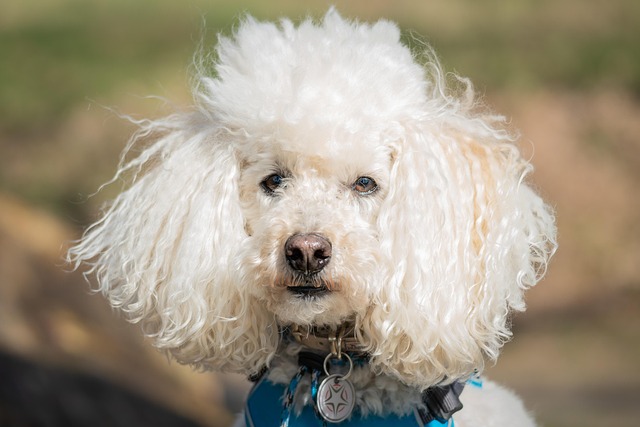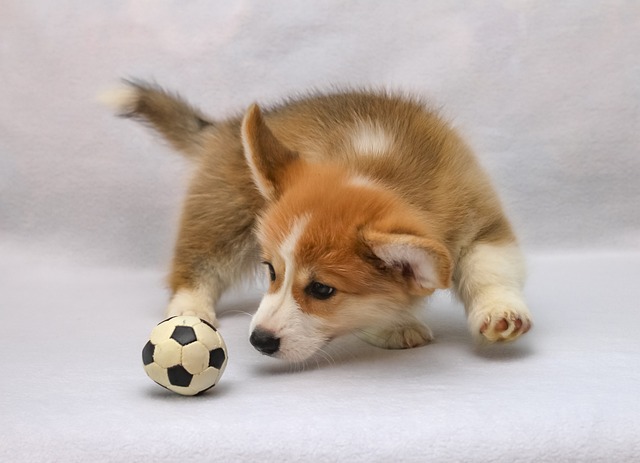Spotting an open wound on your dog can send a wave of worry through you. Even when it’s not bleeding, ignoring it isn’t an option—both for your pet’s health and to meet the standards of responsible pet ownership outlined in local animal care regulations. Knowing the right steps to take can make all the difference in your dog’s recovery.
First, create a calm and safe environment. Gently guide your dog to a quiet space where they won’t be disturbed or jostled. Use a soothing voice and gentle touches to keep them relaxed. A stressed or anxious dog might resist treatment, and forcing care could lead to accidental bites or further injury. Remember, proper handling is not only crucial for effective treatment but also aligns with the expectations of ethical pet care.
Next, assess the wound without touching it directly. Look for signs like dirt, debris, or foreign objects stuck in the wound. Note the size and depth—if it’s wider than a dime or deeper than a scratch, it’s likely time to consult a vet. In many areas, failing to seek professional help for significant injuries can be considered neglect under animal welfare laws. Even if the wound seems minor, it’s better to be cautious.
 Once you’ve decided it’s safe to treat at home, start with gentle cleaning. Use a warm, sterile saline solution—you can buy it at a pet store or make a homemade version by dissolving half a teaspoon of non - iodized salt in 8 ounces of boiled - then - cooled water. Pour the solution over the wound to flush out any dirt. Avoid using hydrogen peroxide, rubbing alcohol, or other harsh chemicals, as these can damage healthy tissue and delay healing.
Once you’ve decided it’s safe to treat at home, start with gentle cleaning. Use a warm, sterile saline solution—you can buy it at a pet store or make a homemade version by dissolving half a teaspoon of non - iodized salt in 8 ounces of boiled - then - cooled water. Pour the solution over the wound to flush out any dirt. Avoid using hydrogen peroxide, rubbing alcohol, or other harsh chemicals, as these can damage healthy tissue and delay healing.
After cleaning, apply an antibacterial ointment specifically formulated for pets. Avoid using human medications, as many are toxic to dogs. A thin layer of ointment helps prevent infection and keeps the wound moist, which aids in healing. But be aware that if your dog licks the ointment excessively, it might need to be covered with a bandage or an Elizabethan collar to avoid ingestion, as some substances can cause digestive problems.
Monitor the wound closely over the next few days. Look for redness, swelling, discharge, or a foul odor—these are signs of infection. If you notice any of these symptoms, contact your vet immediately. In addition, keep your dog’s activity level low to prevent the wound from reopening. A restless dog might need more supervision or a confined space to rest, especially in households where they could accidentally bump into furniture or other pets.
Treating a non - bleeding open wound on your dog requires a combination of careful assessment, gentle care, and vigilant monitoring. By following these steps and knowing when to seek professional help, you’re not only ensuring your dog heals properly but also fulfilling your responsibilities as a law - abiding and caring pet owner.

 Once you’ve decided it’s safe to treat at home, start with gentle cleaning. Use a warm, sterile saline solution—you can buy it at a pet store or make a homemade version by dissolving half a teaspoon of non - iodized salt in 8 ounces of boiled - then - cooled water. Pour the solution over the wound to flush out any dirt. Avoid using hydrogen peroxide, rubbing alcohol, or other harsh chemicals, as these can damage healthy tissue and delay healing.
Once you’ve decided it’s safe to treat at home, start with gentle cleaning. Use a warm, sterile saline solution—you can buy it at a pet store or make a homemade version by dissolving half a teaspoon of non - iodized salt in 8 ounces of boiled - then - cooled water. Pour the solution over the wound to flush out any dirt. Avoid using hydrogen peroxide, rubbing alcohol, or other harsh chemicals, as these can damage healthy tissue and delay healing.



